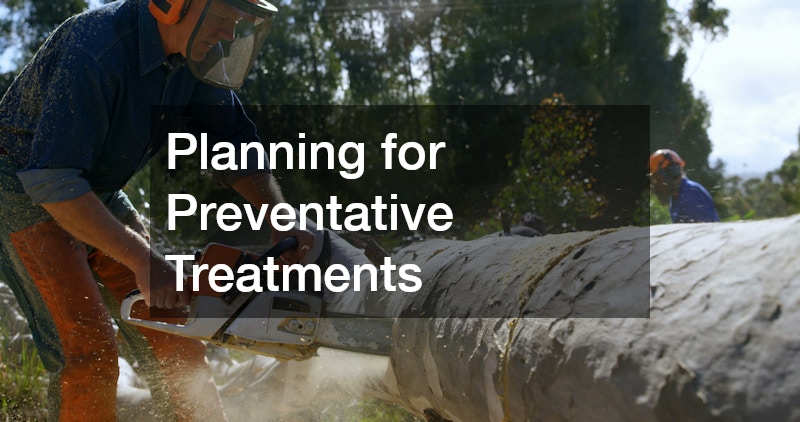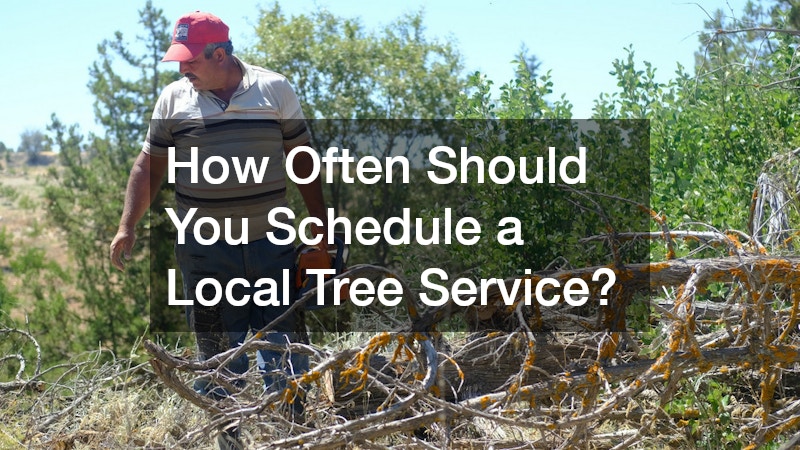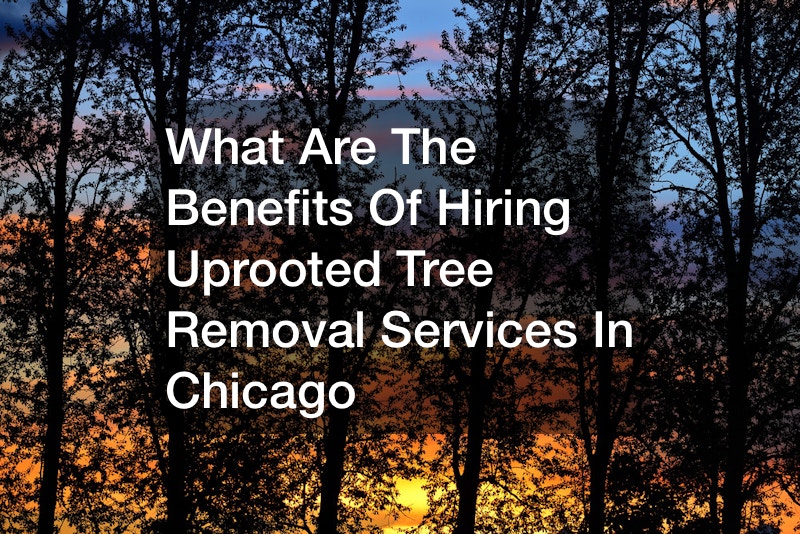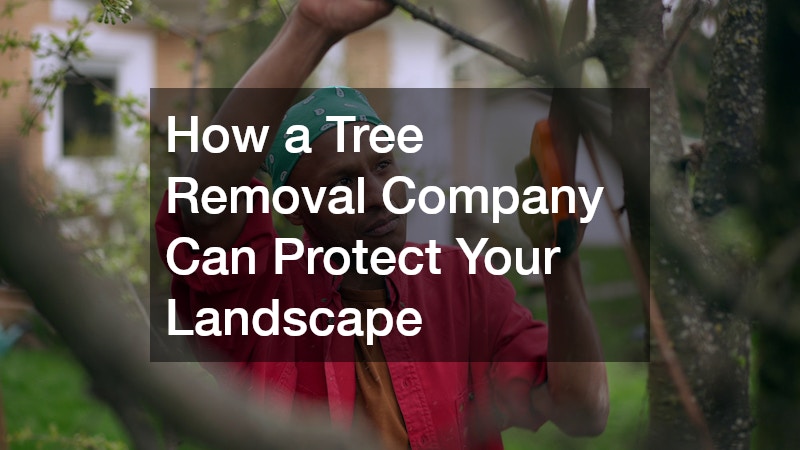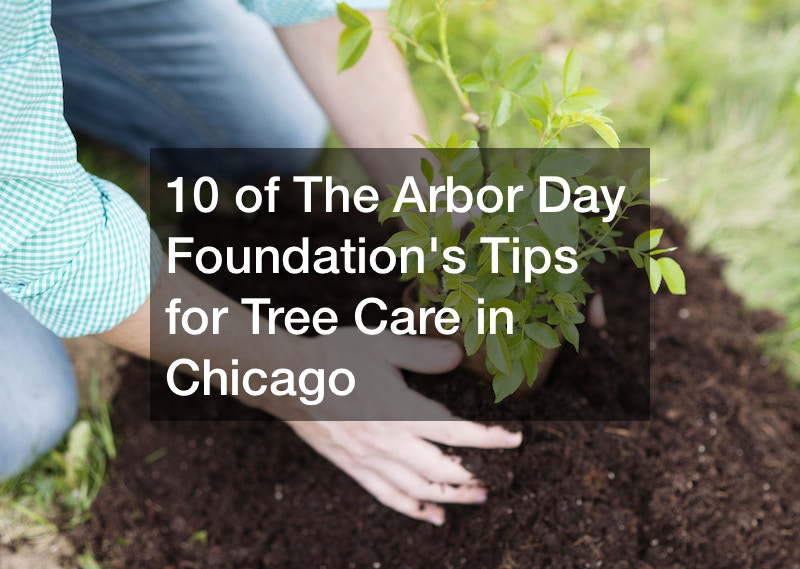In this article, we will explore the essential aspects of scheduling local tree services, helping you understand the right timing for various tree maintenance tasks. Regularly maintaining your trees not only enhances the aesthetic appeal of your property but also ensures the health and safety of your environment.
How Frequently Should Tree Pruning Be Done?
Factors Influencing Pruning Schedules
Tree pruning is a crucial maintenance task, but the frequency can depend on several factors, including tree species, age, health, and growth habit. Younger trees may require more frequent pruning compared to mature trees to ensure proper structural development and safety.
Incorrect pruning can harm the tree, highlighting the importance of understanding these factors for establishing an optimal schedule.
Environmental conditions such as soil type, local climate, and exposure to sunlight can also influence how quickly trees grow and thus how often they should be pruned. For instance, trees growing in nutrient-rich soil with ample sunlight might exhibit faster growth, necessitating more frequent pruning sessions. Additionally, regular monitoring for signs of disease or damage is essential for timely corrective pruning.
Professional guidance can help in scheduling pruning, as experienced arborists can identify the specific needs of each tree variety. Consulting with a local tree service ensures that each tree receives the care it needs at the appropriate time. This strategic approach helps maintain both the health of the tree and the overall landscape aesthetics.
Optimal Pruning Seasons for Common Trees
Pruning at the right time of year can significantly affect the health and vigor of trees. For instance, most deciduous trees benefit from pruning in late winter or early spring, before new growth begins. This timing minimizes stress, as pruning during dormancy allows for robust growth during the coming season.
Conversely, flowering trees might require post-bloom pruning to encourage blooming in the next cycle. Different trees have adapted to distinctive seasonal rhythms; fruit trees like apple and pear, for instance, are often pruned in winter to maintain structure and health. Understanding these seasonal preferences helps in scheduling more effective pruning sessions tailored to various tree types.
For evergreen trees, summer is usually the best time for pruning, coinciding with their active growth phase. The practice of timing pruning schedules this way ensures trees recover swiftly and thrive through different seasonal changes. Always consult with an arborist who understands local climate effects to protect the well-being of your trees.
Signs Indicating the Need for Tree Removal
Hazardous Tree Conditions
Significant structural problems often dictate the need for tree removal, especially if they pose a threat to safety or property. Conditions like deep cracks in trunks, extensive decay, or severe leaning are red flags that necessitate urgent action. Ignoring these signs can lead to falling limbs or entire trees, which may cause unexpected property damage or injury.
Tree health issues, such as pest infestations and diseases, can also lead to unavoidable removal. When infestations or infections are beyond recovery, trees often become a hazard, and timely removal becomes critical to prevent the spread to other trees. Proactive inspection and intervention can help manage such conditions before they escalate to these serious outcomes.
Assessment by Professional Arborists
Hiring certified arborists for tree assessments is crucial in managing potential risks and maintaining a healthy landscape. Their expertise allows for careful evaluation of each tree’s condition, including assessing root integrity and overall vitality. A professional assessment can be instrumental in deciding whether a tree requires removal.
Arborists use scientific methods to evaluate trees, ensuring accurate identification of diseases or structural issues. This expertise helps in prevention strategies, where potentially hazardous trees are addressed before they pose larger risks. Establishing a regular inspection schedule with an arborist can provide peace of mind for tree and property management.
Scheduling Regular Tree Health Inspections
Benefits of Early Problem Detection
Regular tree health inspections are paramount for early detection of problems, such as diseases, pest infestations, or structural issues. Identifying these issues early mitigates further damage and promotes intervention strategies that are less invasive and more effective. Inspections serve as a proactive approach in avoiding severe tree health decline, ensuring that issues are addressed promptly.
During inspections, experts look for subtle yet significant signs like discolored leaves, unusual growth patterns, and bark abnormalities. For example, early detection of diseases such as Dutch elm disease can prevent its spread to other elms within the vicinity. Protecting a tree’s health also safeguards the surrounding ecosystem it supports.
Planning for Preventative Treatments
Routine inspections facilitate planning for preventative treatments such as fertilization, pest management, and pruning. With the guidance of inspection reports, you can schedule treatments during optimal times, enhancing their effectiveness. This proactive approach reduces long-term tree damage and contributes to sustained tree vitality.
Incorporating preventative care ensures trees are resilient against seasonal stressors and environmental changes. For instance, applying preventive pest treatments during vulnerable periods in a pest’s lifecycle significantly reduces infestation risks. Healthy trees contribute to a more pleasant and sustainable landscape, benefiting both property owners and local wildlife.
Scheduling local tree services is crucial for maintaining the health, safety, and beauty of your landscape. By understanding the right timing for pruning, recognizing the necessity for removal, and conducting regular inspections, you can ensure your trees thrive throughout the year. Consistent maintenance not only preserves property value but also promotes a safe and attractive environment for everyone to enjoy.
